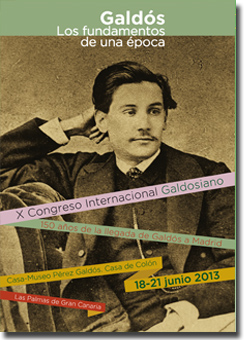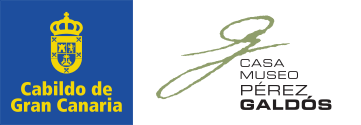PARADOJAS DE LA MODERNIDAD: IMAGINARIO CIENTÍFICO Y EXPERIMENTACIÓN NARRATIVA. DE GALDÓS A NOCILLA PROJECT (2006-2009) / PARADOXES OF MODERNITY: SCIENTIFIC IMAGINATION AND NARRATIVE EXPERIMENTATION. FROM GALDÓS TO THE NOCILLA PROJECT (2006-2009)
Palabras clave:
ciencia, sociedad, novela, reforma social, literatura, science, society, novel, social reform, literatureResumen
La representación y el tratamiento de la ciencia en las novelas contemporáneas galdosianas evidencian la complejidad del proceso de modernización general de la sociedad española. Galdós documenta la lenta vía de normalización del conocimiento y el debate científicos, así como el valor simbólico e ideológico que las nuevas teorías alcanzaron en un momento histórico caracterizado por las tensiones derivadas de la aspiración a superar el aislamiento y la autarquía culturales propias de la reciente Historia de España. Así, Galdós descubre en las novedades de la ciencia las herramientas para un nuevo arte de contar; el instrumento para hacer de la novela una herramienta de reforma social y de formación cívica, al tiempo que un recurso para legitimar y acreditar el nuevo papel mediador del escritor profesional en un campo cultural en evolución: el de la década de 1880, unos años en que la figura pública galdosiana alcanza una notable visibilidad y sus redes personales revelan la existencia de esa senda bidireccional entre ciencia y literatura que produce discursos integradores y nuevas formas de expresión.
The representation and treatment of science in the contemporary novels of Galdós evidences the complexity of the overall process of modernizing Spanish society. Galdós documents the slow path of normalizing scientific learning and debate, as well as the symbolic and ideological value that the new theories acquired at an historic moment characterized by tensions derived from the attempt to overcome the cultural isolation and autarchy which characterized recent Spanish history. Thus, Galdós discovers in the novel aspects of science the tools for a new narrative art, the instrument to make of the novel a tool of social reform and civic formation, at the same time as a way to legitimize and accredit the new mediating role of the professional writer in an evolving cultural field: that of the decade of the 1880s, years in which the public figure of Galdós achieves a notable degree of visibility and his personal networks reveal the existence of that bidirectional pathway between science and literature which produces integrating discourse and new forms of expression.




